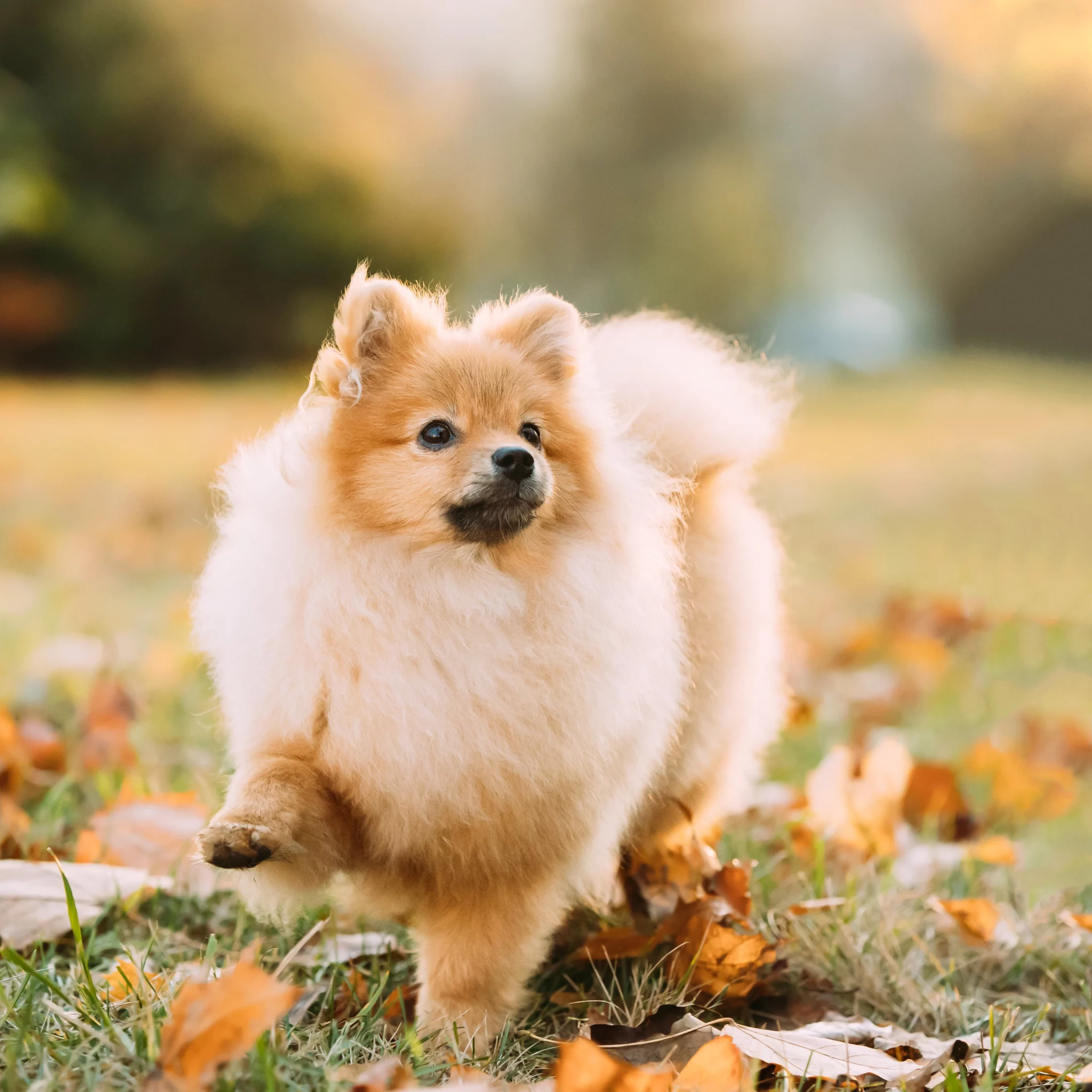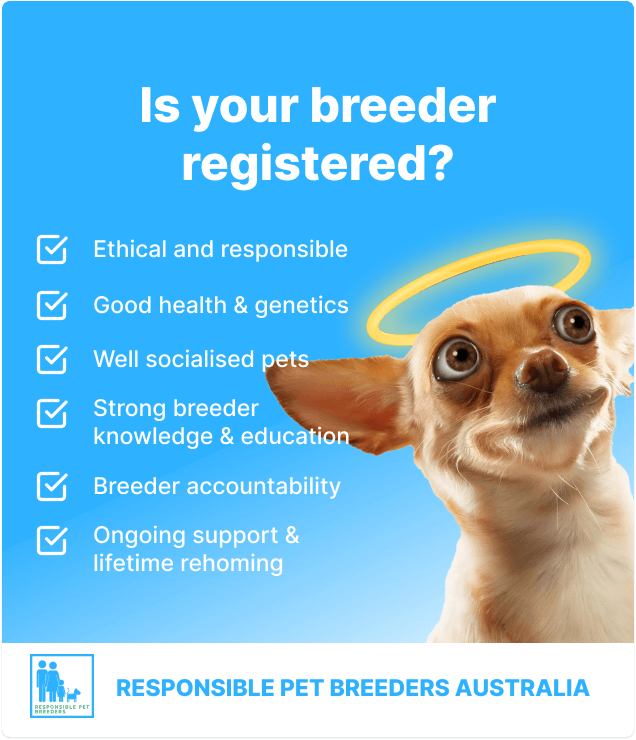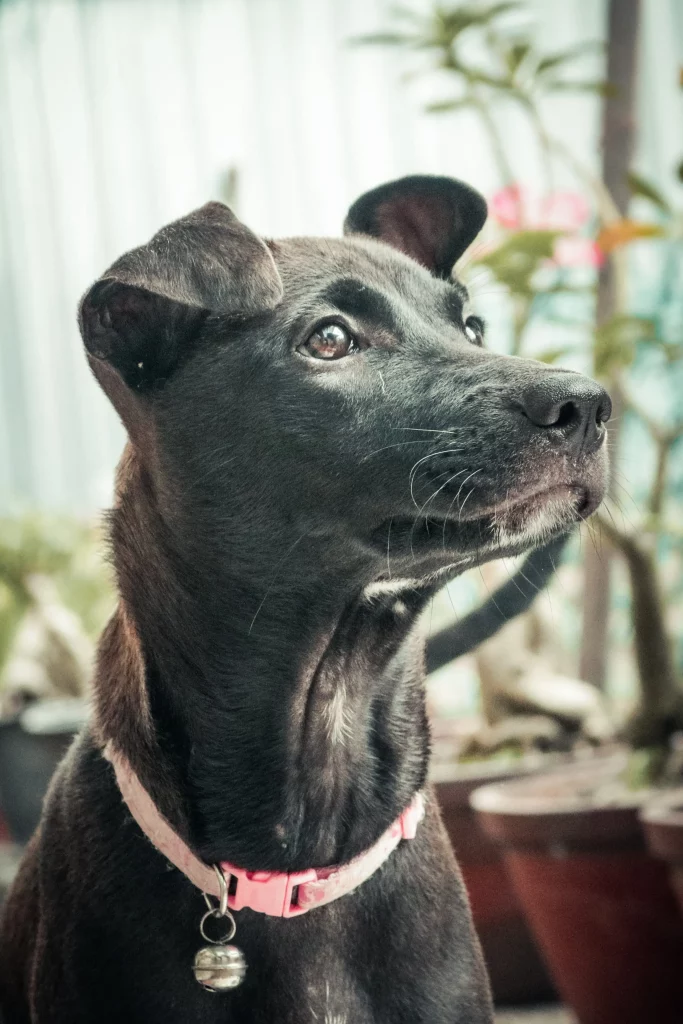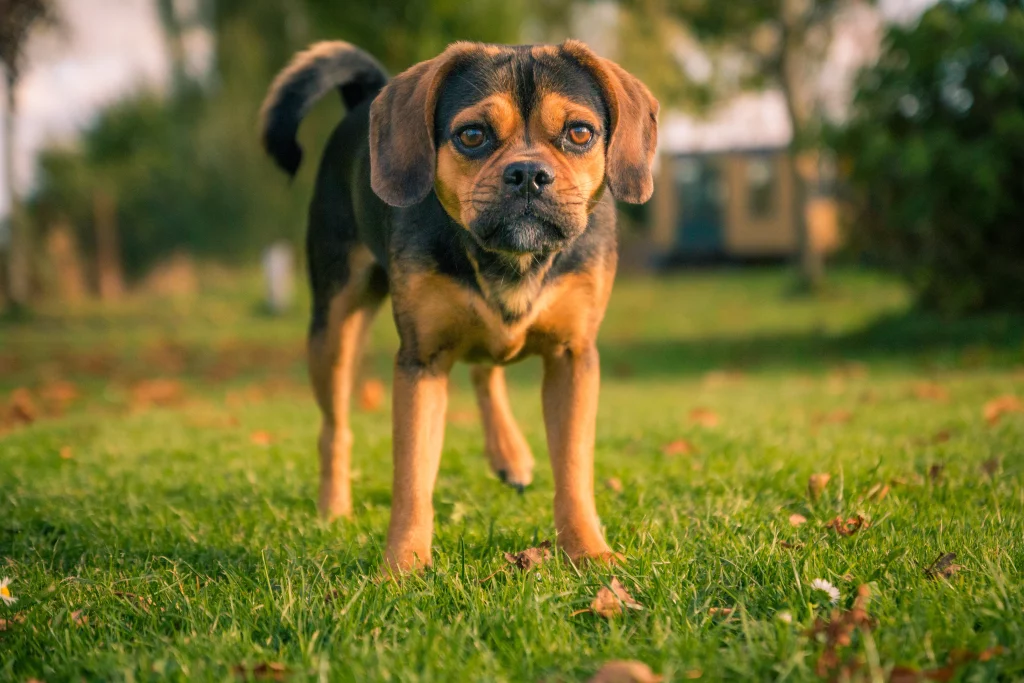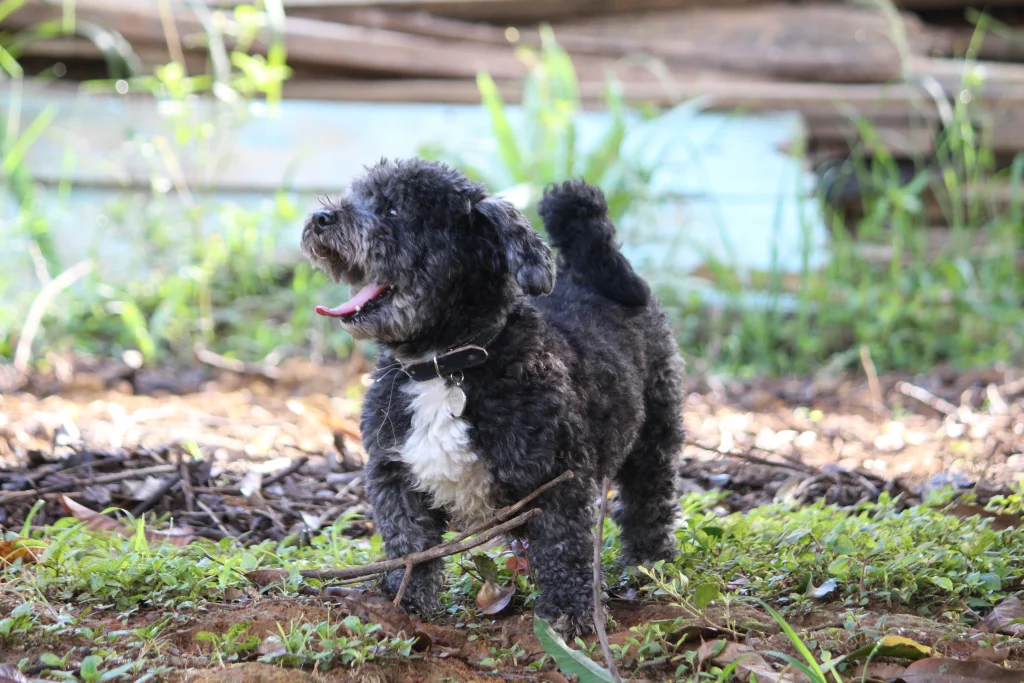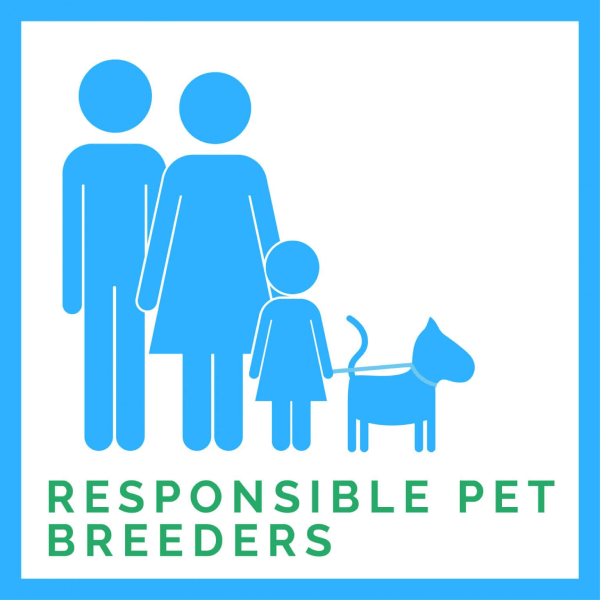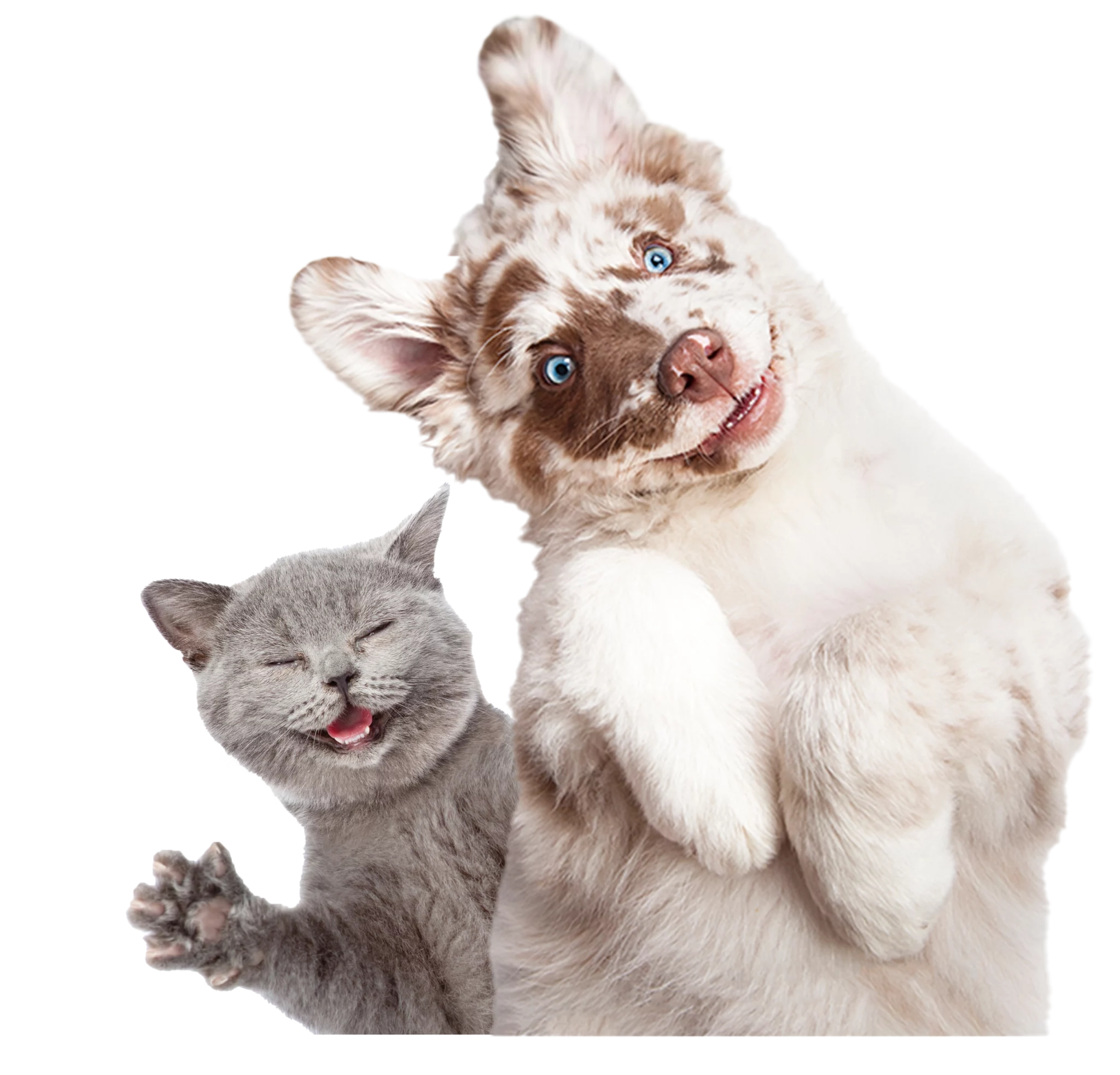We have 2 beautiful male pomeranians in our latest litter. These little floofs were born on 19th of March 2024. We are obtaining early expressions of interest.
We have:
Pup 1 - Light faced sable male (short white even sock paws)
Pup 2 - Dark faced Sable male (white tip sock paws)
Puppies will be microchipped and fully vacinnated to ensure they settle well at their new furever home. They will not be de-sexed and stay entire
** last 2 pictures are of mummy and daddy
Orange sable is mummy and
White chest is the daddy **
They will come with all council paperwork, puppy packs to help transition the new pups.
Please DM if interested and we will provide a questionnaire for the potential buyers
Breeder ID No: B000822824
Responsible Pet Breeders Association No.: 2300
DOB: 19/03/2024
Ready for their new homes - 14th of May 2024
John Ng
3 Males Pure pomeranian pups
Born 7th March 2024
Ready for new homes 2nd of May 2024
Wormed, vaccinated, microchipped and vet checks.
1 black male $2500
1 black and white male $2500
1 Blue Merle male $4000
Mum is a blue Merle
Dad is a cream sabre
Marie Tonkin
4 beautiful little Pomeranian pomchi babies smart ,playful and very fluffy, on wet and dry food started toilet training on grass mat ,babies have been microchipped and vaccinated, wormed every two weeks from birth, growing nicely in a loving home, but now they are ready at 10 weeks for their forever homes ❤ 🐕
Maria
I have a black male pom not desexed and a multi coloured female both pure bred. Looking to sell together as they've grown up with each other. Not from the same family. Unfortunately our circumstances have changed and we no longer have a safe yard for them. Very regretful sale!!
Casey Basson
4 beautiful pure breed heathly pomeranian puppies males for sale double coated 8 weeks old now ready for there forever homes They have been vet checked and healthy will come already wormed , with vaccination and microchiped papers These dogs have a beautiful coat on them really clean good looking dogs , very playfull and ready for there new homes , both parents are pure breed pomeranians also , The pomeranian puppies are for sale for $1200 each contact kazhaya on 0416174264 microchip no , male 1 , 900164002276050 male2, 900164002276069 male3, 900164002276060 male4, 900164002276067
Kazhaya
We have 2 gorgeous little pure bred Pomeranian puppies available for loving homes.
Parents are from champion bloodlines.
They are 8 weeks at the moment and will be ready for their new homes now, 21st February 2024.
They are regularly wormed, vaccinated, vet checked and microchiped.
Black and Tan Boy
Orange Sable Boy 🌿 SOLD 🌿
Orange Sable Girl
Dad is Black and Tan. Mum is an Orange Sable.
Both are our family members and are both DNA cleared.
I'm a registered breeder with RPBA 14382.
They have been brought up around other animals and kids.
We live in Manjimup, Western Australia but can delivery the puppies to Perth for domestic flights. Flights are to be organized and paid for by the buyers.
I have a Facebook page you can also follow where I will be adding more videos and images of them as they grow.
Encantador Pomeranians Western Australia.
Please message me for more information, Thankyou :)
Cassie
Adorable Pomeranian puppies looking for their new home home. 2 females and on2 males. They ate vaccinated, registered and 100% healthy.
Jonathan Sievers
We have available and ready for their furever homes now
1 cream sable Merle girl
1 Blue Merle Girl
$2500 each
Mum 3kg Beaver tri parti Merle full DNA profile and clear for any hereditary diseases
Dad 1.5kg orange sable full DNA profile and clear for any hereditary diseases
Our puppies are raised in a loving family on a small farm in Jimboomba! They come well socialised with people, kids, dogs small & big, cats and horses!
They will come with full vet work which includes 1st vaccination, micro chip, upto date with worming, flea and tick, fully vet checked with a
Health guarantee
Kylie Schiller
2 x white girls
1 x brown boy
Birth date 30/10/23
Beautiful nature in personality,
They’ll be fully vaccinated, microchipped, worked and ready to be picked up the week starting 18/12/2023
Braydon sippel
2 males and 2 females 3 months old pomeranian dewormed, vaccinated and microchipped ready to new home. They are small size, very smart and playful. Get them early to train easy. Price reduced from $2500
Kim Nguyen
We are thrilled to introduce our beautiful litter of Pomeranian puppies 2 girls and 2 boys.
They're raised with love and care in our family home. These little fluff balls are now 9 weeks old and looking for their forever homes.
Email for more information/pictures: stevenferreria9951@gmail.com
All puppies are vaccination, microchipped , vet checked , wormed and flea free.
You will receive an information sheet also.
Gracie Cefai
I have 1 beautiful husky marked pomsky girl available - she is absolutely stunning (inside and out!). She is a very calm, cuddly puppy who just wants to lay next to you for a snuggle. She has been very well socialised and has the most adorable temperament. I'd been hoping to keep her, but she is now available. This very pretty girl deserves only the best of homes!
This puppy comes with:
Full vet health check and card
First and second puppy vaccinations
Regularly given preventative treatment (flea/tick/worm)
Microchipped and registered with AAR
She will grow to be about 10-11kg/medium sized (similar to a large japanese spitz/cocker spaniel)
Please direct message me on petsforhomes if you're interested :) Genuine enquiries and loving homes only.
Chloe
I have one male Pomeranian puppy looking for his forever home.
Date of birth 6th September 2023
Ready to go to new home now.
Samantha Thompson
Greetings
I have 6 absolutely adorable Papipoms available to find the perfect furever homes. ❤️
Papipoms are a unique, wonderful breed with a purebred Pomeranian father named Diddy (very tiny only 1.8kg) and a Papipom mother named Moonchild.
These little balls of fluff are smart, affectionate and very loyal.
You will have an amazing little floofy, big eared best friend for life.
These babies are 8 weeks old and ready to give out lots of cuddles.
They have been raised in my home with constant human interaction.
They have been around other dogs, children and cats.
The puppies have had their first vaccination, they are microchipped and have been wormed every 2 weeks since birth. (Drontal).
These pups have been fed on Royal canin puppy dry food and Optimum puppy wet food.
We have started toilet toilet training and they are learning how to use puppy pads.
Puppies come with a full health report, vaccination booklet, microchip certificate, puppy breed information and care sheet plus a puppy pack.
Puppy pack includes
🐶 fluffy bed with mums scent
🐶3 cute toys
🐶Bandana
🐶harness and leash
🐶Royal canin puppy food
🐶Optimum puppy food
🐶Greenie
A little bit of information about each puppy. ❤️
🌻Pearl (Female) SOLD
Pearl is the biggest pup of the litter with a huge personality to match.
She is super smart and outgoing.
Pearl is definitely the boss and loves to get your attention.
🌻Obi (Male) 800grams
He is the sweetest most loving and affectionate little teenie tiny boy.
Obi wants nothing more than to sit in your lap and get cuddles all day.
Obi is a quiet gentle soul who will love his family more than life.
🌻Tucker (Male) 900grams
Tucker is a gorgeous little boy who is a total snuggle buddy.
He loves to play and will often run around with toys in his mouth.
Ticket wants to always be playing around with other animals and humans.
🌻Benji (Male) 900grams
Benji is an absolute clone of his dad Diddy.
His looks are almost identical with the personality to match.
Benji is the shadow of the litter and will follow you everywhere.
He loves to be picked up and snuggled.
🌻Elvira (Female) 900grams
Elvira is the teeny tiny girl with the biggest personality.
She loves to play and do zoomies around the house.
Elvira also does love a snuggle and will beg to be picked up for affection.
🌻Moose (Male) 1.3kg
Moose is the biggest boy of the litter and he is a total floof ball of joy.
He loves to play and enjoys being around other dogs and humans.
Moose is a total sweetheart with so much love to give.
All of the puppies mean the world to me and they are very much loved.
So they will only go to the very best of homes.
All of my puppies come with a lifetime of support.
If you are interested in one of my pups please send me a message with a little information about you and what sort of home you have to offer my pups.
I am happy to deliver pups in and around Brisbane at no cost but no interstate travel as I want to meet the perspective parents in person.
The biggest pre requisite is that you promise to love them unconditionally and furever!
Registered Breeder ID BIN0001470006943
RPBA (Full membership) 2888
❤️❤️❤️❤️❤️❤️❤️❤️❤️❤️❤️
Marnie
Expressions of interest are being taken for our male Pomeranian puppy available to a loving home. He is being raised on a high quality diet of Royal Canin and Advance puppy food.
Puppy is handled daily and has begun toilet training. He will come with a puppy starter pack, an information folder and a family blanket of mum's scent for you to take home for their comfort. . Transport is at buyers expense - happy to help arrange.
Mum is Black, double coated and weighs 2.8kg
Dad is Orange Sable, double coated and weighs 2.5kg
Microchip: 941000027948032
Please message me for further details. Genuine enquiries welcome.
$1500
Debbie Turner
These gorgeous little pups are 4weeks old
Available in 4 weeks
They will all be microchipped and have had all there immunizations by time of pick up.
They have started solids
Taking $500 deposits
3 girls, 1 boy
call or message me if interested
Laura Odea
Purebred white Pomeranians
2 puppies available
Message for pictures of parents
Both parents well trained
Oguzhan Erdekli
We have 2 males and 1 female Pomeranian Puppies for sale.
Born 25/8/23
These puppies are ready for a new home . They have had their vacations, dewormed and microchipped. They are very playful and very cute, great family pets and great around kids
mum and dad in photo 6
These puppies would make an excellent xmas present
Glen Clapham
This is Ooni she’s 9 weeks old
She’s very sweet and full of energy, loves her cuddles an belly rubs an gives lots of kisses in return,
She’s a very good an quick learner, already knows sit, stay an lay down.
- She’s microchipped
- first rounds of shots
- wormed
Her Father is Pure bred Fox Face Pomeranian
An her mother is Chihuahua cross Pomeranian
Willing to NEGOTIATE price
Neetaya
Put ad on behalf of a friend.
Less than 6 month old healthy female Pomeranian. Got this puppy as a gift from my nephew, and I have to look for a new pet owner due to my health issues.
Had Vet checked, first vaccination and microchipped.
Please contact Albert on 0430507100 for any enquiries. Prefer send text message. Thanks
Update : Please be advised that this puppy has just been sold. Thanks!
Hannah Liu
His name is Milo. Perfectly healthy and Very friendly with kids only 7 months old . I bought for my niece for her 18th unfortunately with uni and work she is unable to take care of this beautiful dog . He full of energy . Wish we could keep him as we all work and schedule is very tight . He deserve a better home . He love being around people . He will be a great addition to the family . He is mix Pomeranian & Maltese . Fully vaccinated and chipped .
Looking forward to here back .
Arbab
Sadly looking to rehome our beautiful boy Diago. He’s a Pomeranian x Tibetan spaniel and is 6 years old.
He loves cuddles, laying on the couch, going on walks and playing fetch.
Not suitable to families with young kids.
We’ve had him since 8 weeks old and bought him knowing he had a luxating patella (bad knee)
No problem as of date but might be in the future.
Desexed and microchipped
Any questions, feel free to reach out.
Shannon
Adorable cute Sable male very playful and huge personality such a loving little boy, mum and dad are very sociable with great temperaments and are our loving family members, puppy has been vaccinated, microchipped, wormed every two weeks flee treated and vet checked, looking for a home to love him has I do 🐶🐶
Maria
We have 6 adorable pure breed pomeranian pupps for sale, 4 are female and 2 are male, 4 are white and 2 are creamish, they are very energetic and playfull. You will not be disappointed. They are all vaccinated and vet checked all in perfect health and ready for a new loving home, they are born on the 16th of June, you are more then welcome to come and have a look at them before purchesing. Contact me for more details tnx.
Kristina
This is Cinnamon.
She was born on 03/03/2023.
She is a gorgeous Miniature Pomeranian from a fantastic line of breeding.
Unfortunately my fiancé and I are no longer able to care for her as we have increased work schedules and are wanting only the best home for her where you’ll have time to spend with her and somewhere she can run around and be happy!
She is puppy pad trained and can sit and do a few other things.
She is also handbag trained.
Comeswith her puppy passport to advise when to vax her next and can document the rest of her visits.
Both her parents are ANKC pedigree Pomeranians and are both descendants from European blood lines.
She will also come with her clothes, her bed, blanket, toys, shampoo and conditioner, puppy perfume, massive bag of the best dog food, gates, ramp and more.
Can look at reducing price for the right person.
Cherry Mclatchie
Pomchi for rehome.
Teddy is 14 weeks old, vaccinated, not desexed, male. Very sweet puppy and sadly has to be rehomed. It is my mother in laws puppy and she has been in and out of hospital with terminal illness and doesn’t have the time he deserves.
Daniele
Regrettable Sale.
Selling this 12 week old female puppy.. white in colour. Eating, drinking well on own and great with other dogs and children to.
Can travel interstate at buyers expense. NO time wasters
Cassandra
Looking for a forever home for an adorable Pomeranian x Japanese Chin puppy! This charming crossbreed combines the best of both worlds, with a fluffy coat, affectionate nature, and a playful spirit.
Selling this sweet puppy because I want to find them a loving home where they can receive the time, attention, and care they truly deserve. Unfortunately, my current schedule doesn't allow me to dedicate the time needed to provide them with the love and commitment they need. I believe it's essential to prioritize their well-being and happiness, which is why I'm looking for a new home that can offer them the time and affection they need to thrive. This decision is made with their best interests at heart, and I hope to find them a family who can give them the love and attention they truly deserve.
Dipesh Katuwal
Name: Michelle Melville
Contact Number: 0421 016 910
RPBA Membership Number: 15027
Breed: Pomeranian
Breeder Number: RB228423
Date Of Birth: 7 June 2023
Ready To Go To New Homes: Now
Vaccination, Flea And Worming Details: 14 August 2023
Other Details About Care Of The Puppies/Kittens/Parent History/Puppy/Kitten Pack Inclusions:
Uno – male brown and black sable
Microchip 956000014870657
Uno is a gorgeous little boy, he is very playful and also loves his cuddles.
Gremlin – female pure black
Microchip 956000014873133
Don’t let the name fool you, Gremlin is very well behaved, particularly when you are in the kitchen, she sits perfectly in anticipation of getting a sneaky treat.
Luna – female black with a few white flecks on chest, tummy and inner legs
Microchip 956000014871962
Luna has a beautiful temperament, she loves to climb into bed with you for cuddles.
At their vet check we were advised that they are all in perfect health.
Mum is Beretta, she is cream and both her parents are black. This is her first litter.
Dad is Nico, he is black and his mum is light cream and dad is a chocolate merle.
Michelle Melville
Delightful bunch of six Pomeranian / Maltese / Fox Terrier puppies, born on June 18th. This lovely squad consists of three playful boys and three charming girls, each unique and adorable.
These pups have a remarkable mother, blessed with an exceptional temperament, lovingly showering them with care and devotion since day one. This early nurturing environment has enriched the pups with the gift of a harmonious and loving nature, which will make them an endearing addition to any household.
Our little adventurers have been exploring their absorbing life's rhythms, experiencing the warmth of countless cuddles, meeting their fellow doggie comrades, and learnt essential canine etiquette. This critical foundation promises to help them grow into well-rounded companions.
These puppies embody the best traits of their breeds—heartwarming affection coupled with the athleticism of a terrier. Their ability to form strong bonds with children makes them the perfect family pets, ensuring your little ones always have a devoted and loving companion.
This is your opportunity to secure a future filled with wagging tails, playful barks, and endless love. All pups are microchipped.
Delivery can be arranged,Act now to start your lifetime journey with these extraordinary little beings!
Sean Williams
